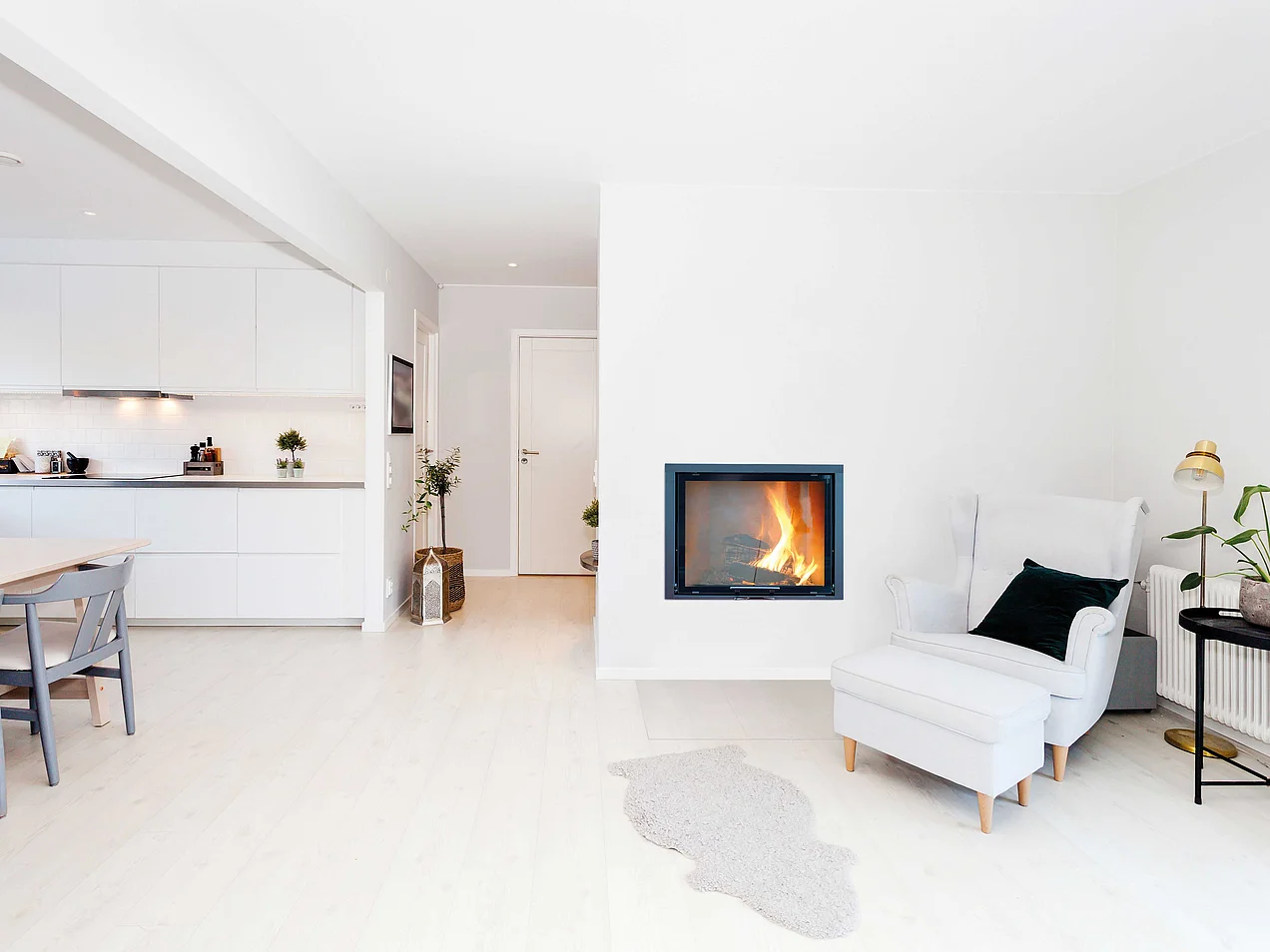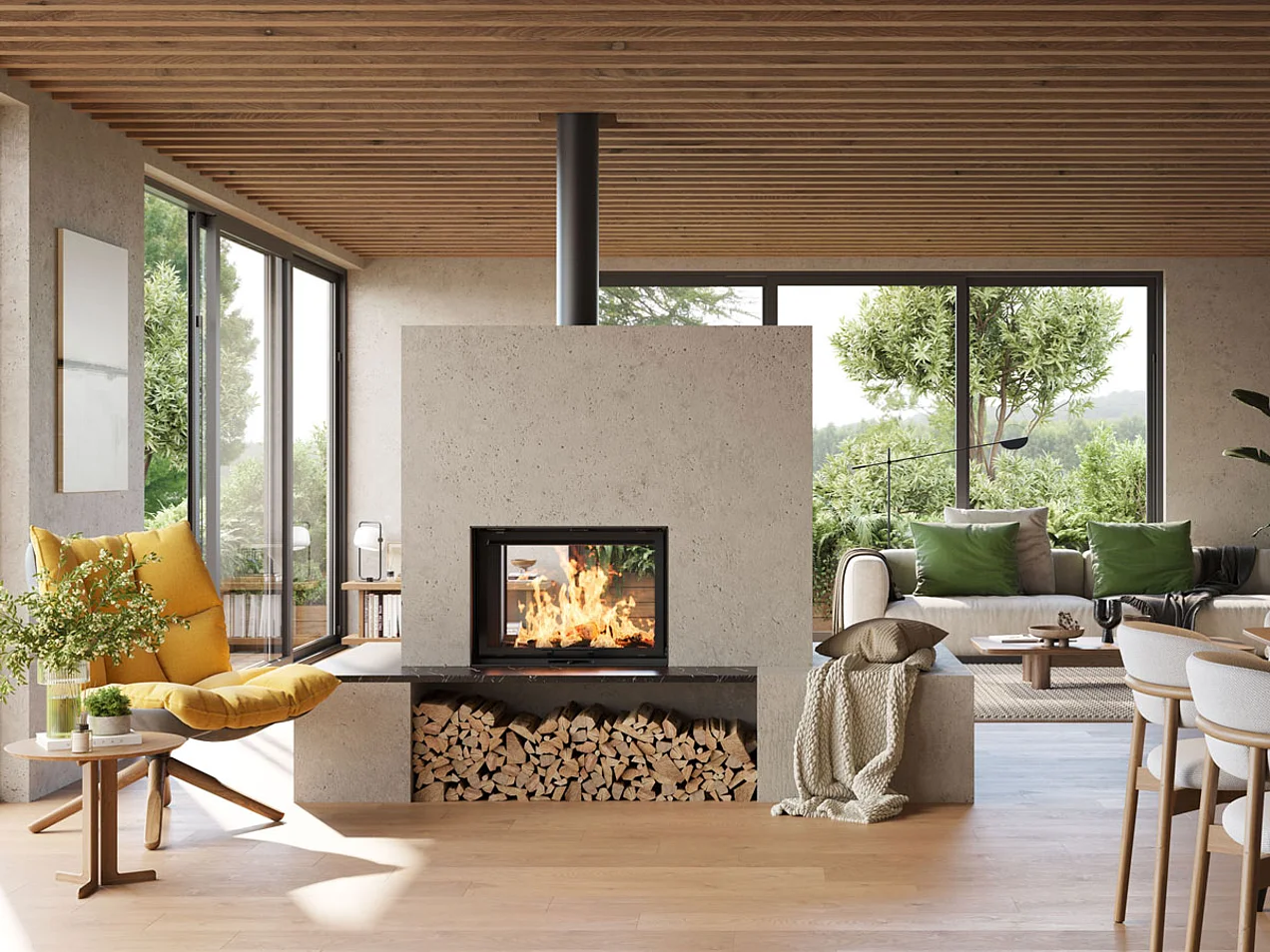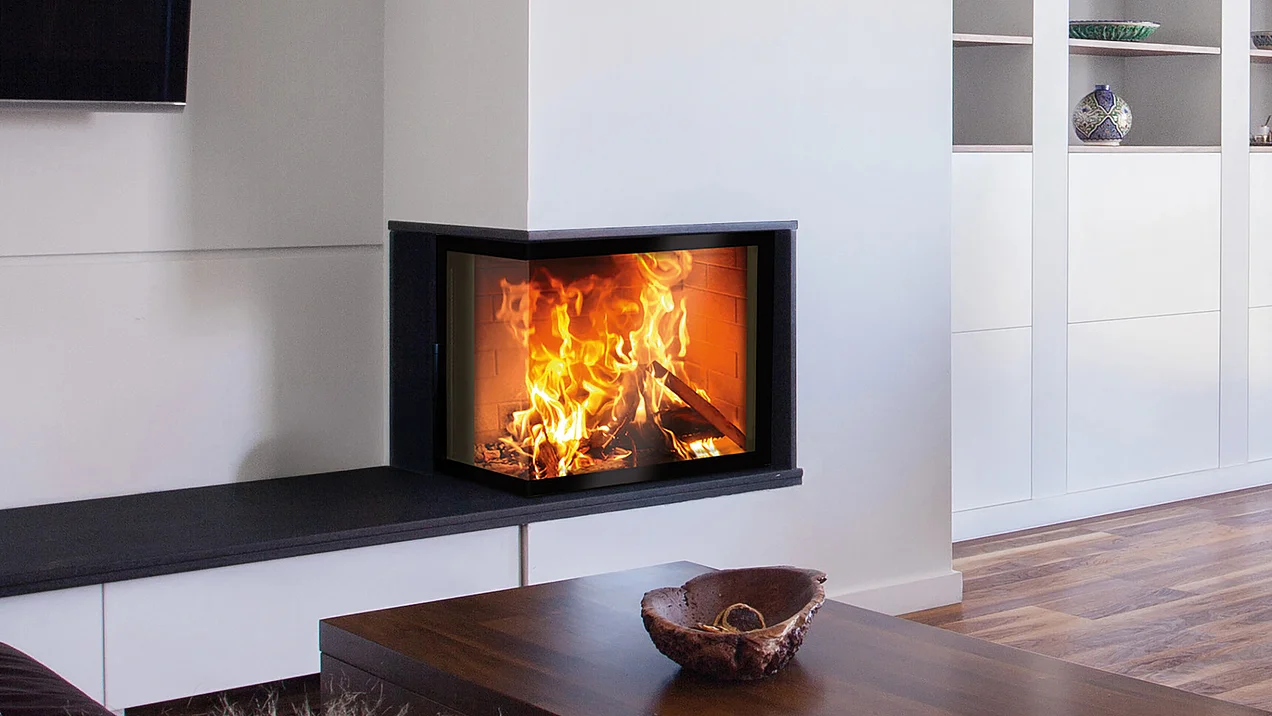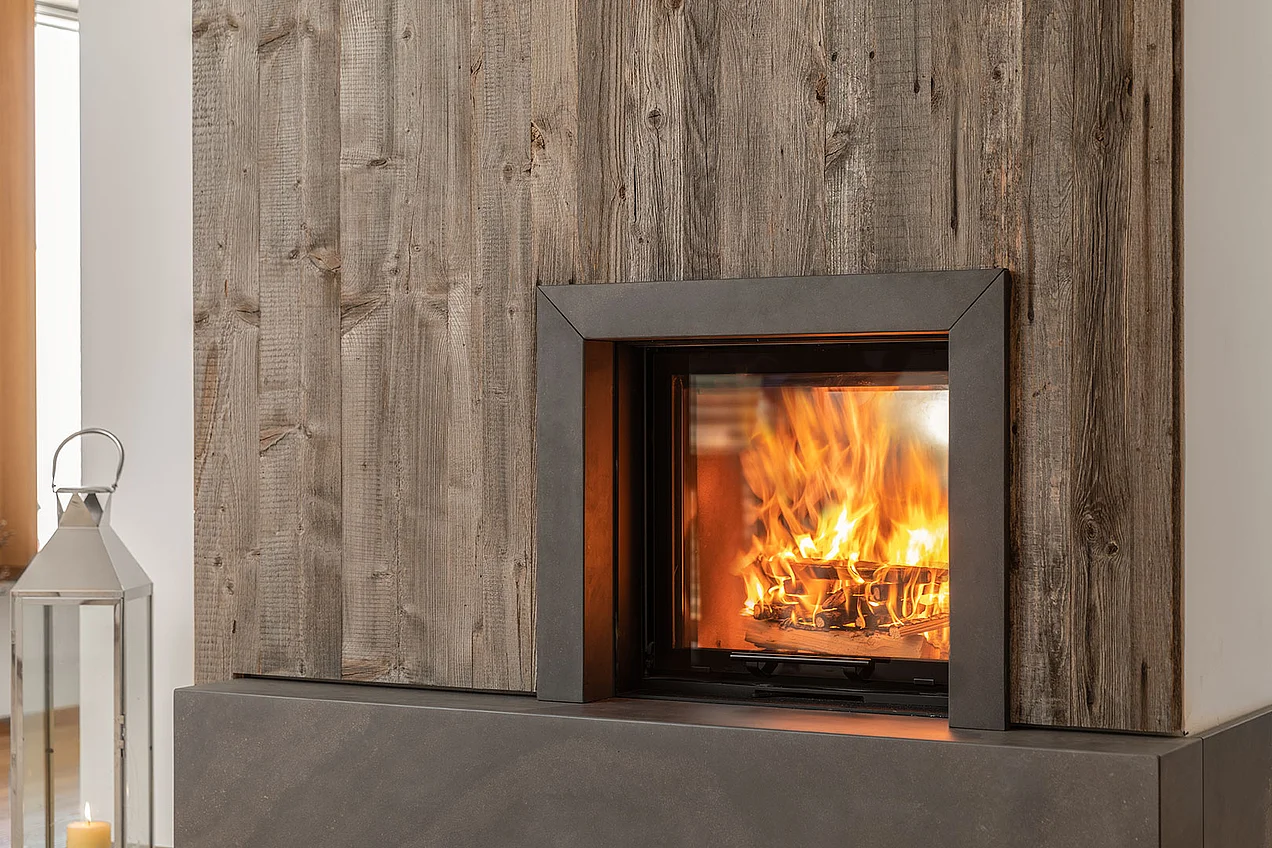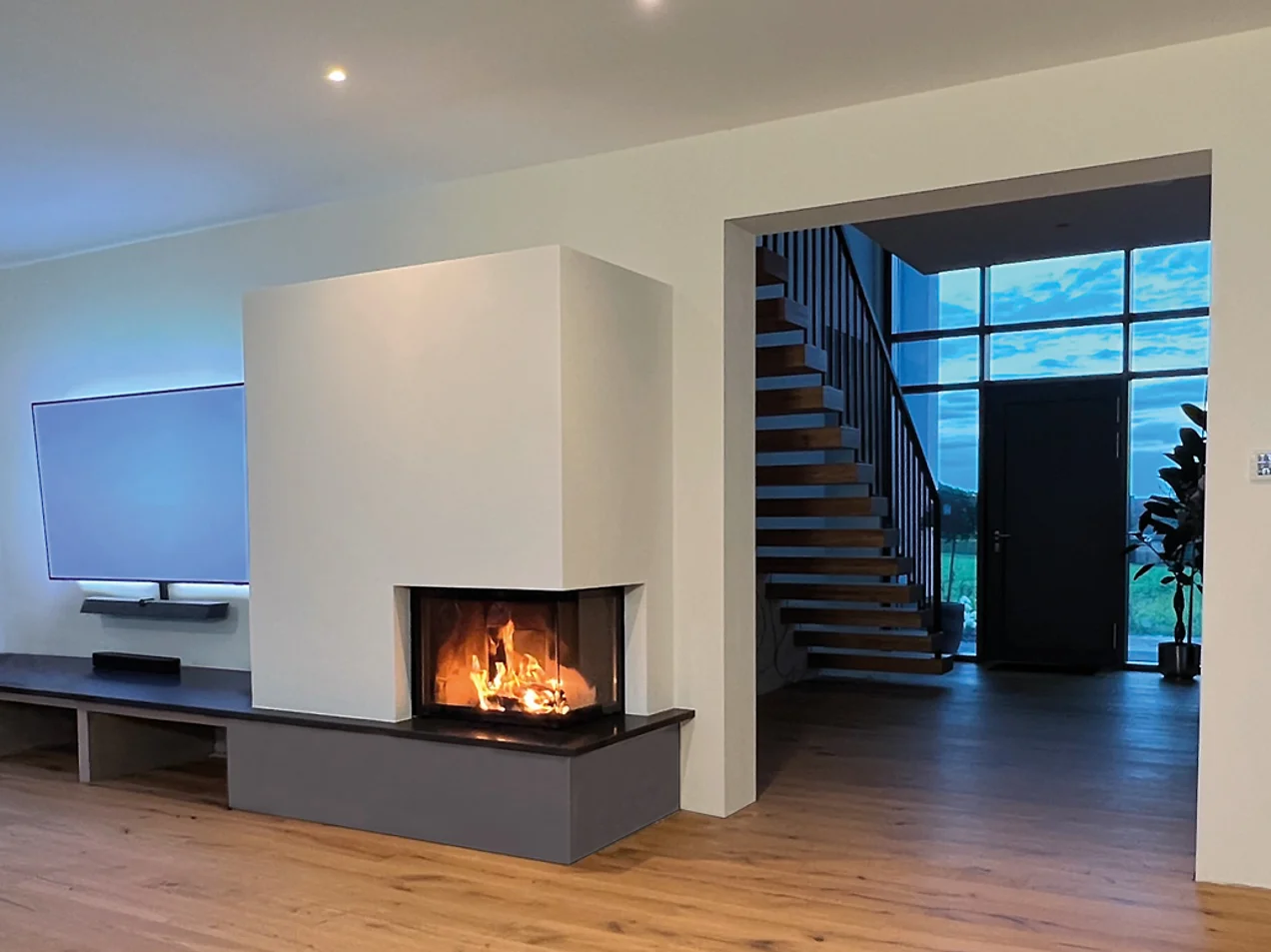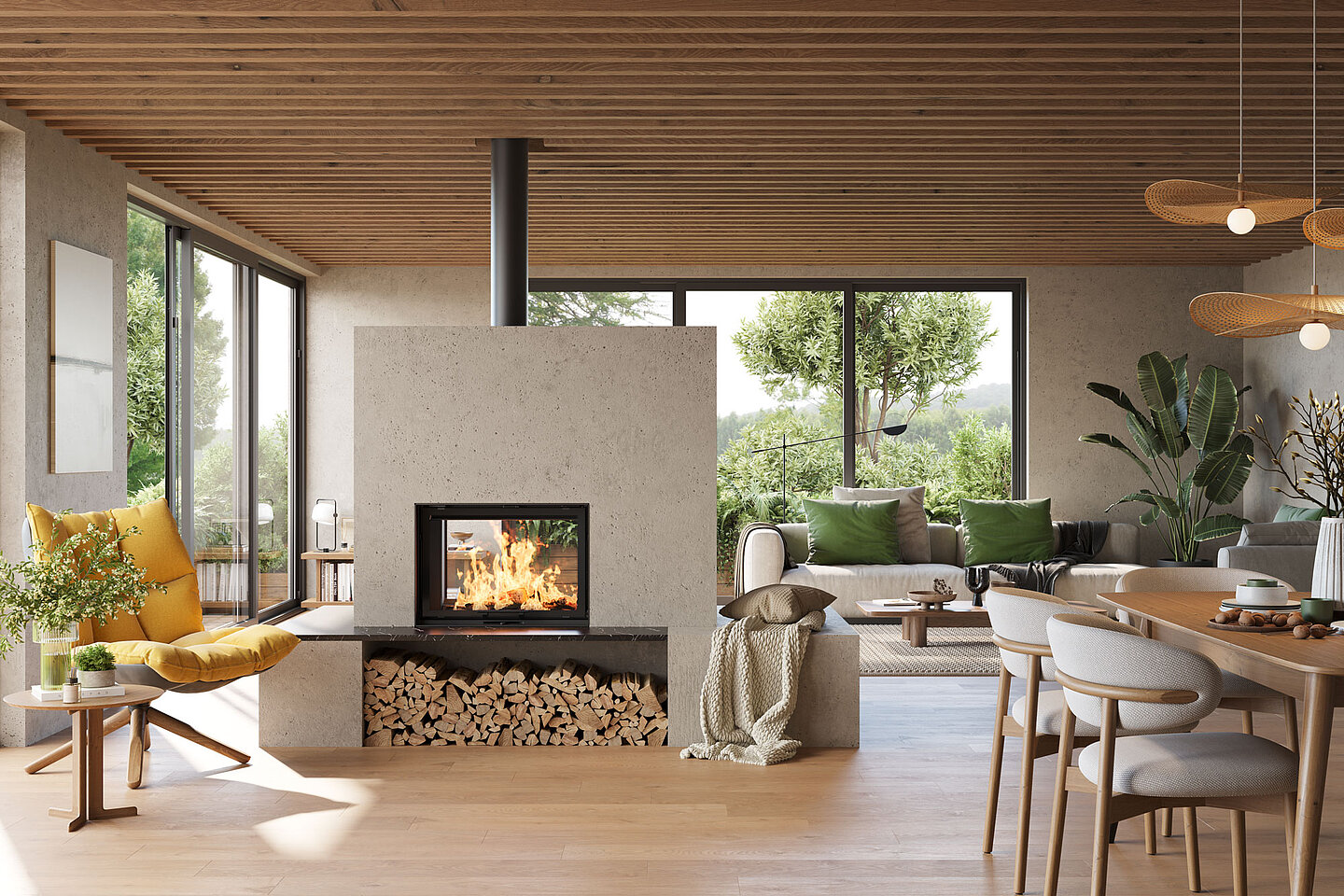
Heat throughout the house

Hot water with fireplace
In addition to cozy radiant heat, water-borne fireplace inserts also provide hot water for the central heating circuit. They are perfect for homes with low energy requirements, as a large proportion of the heat is transferred to the water circuit of the heating system. This protects your living space from overheating and you can continue to enjoy a cozy ambience.
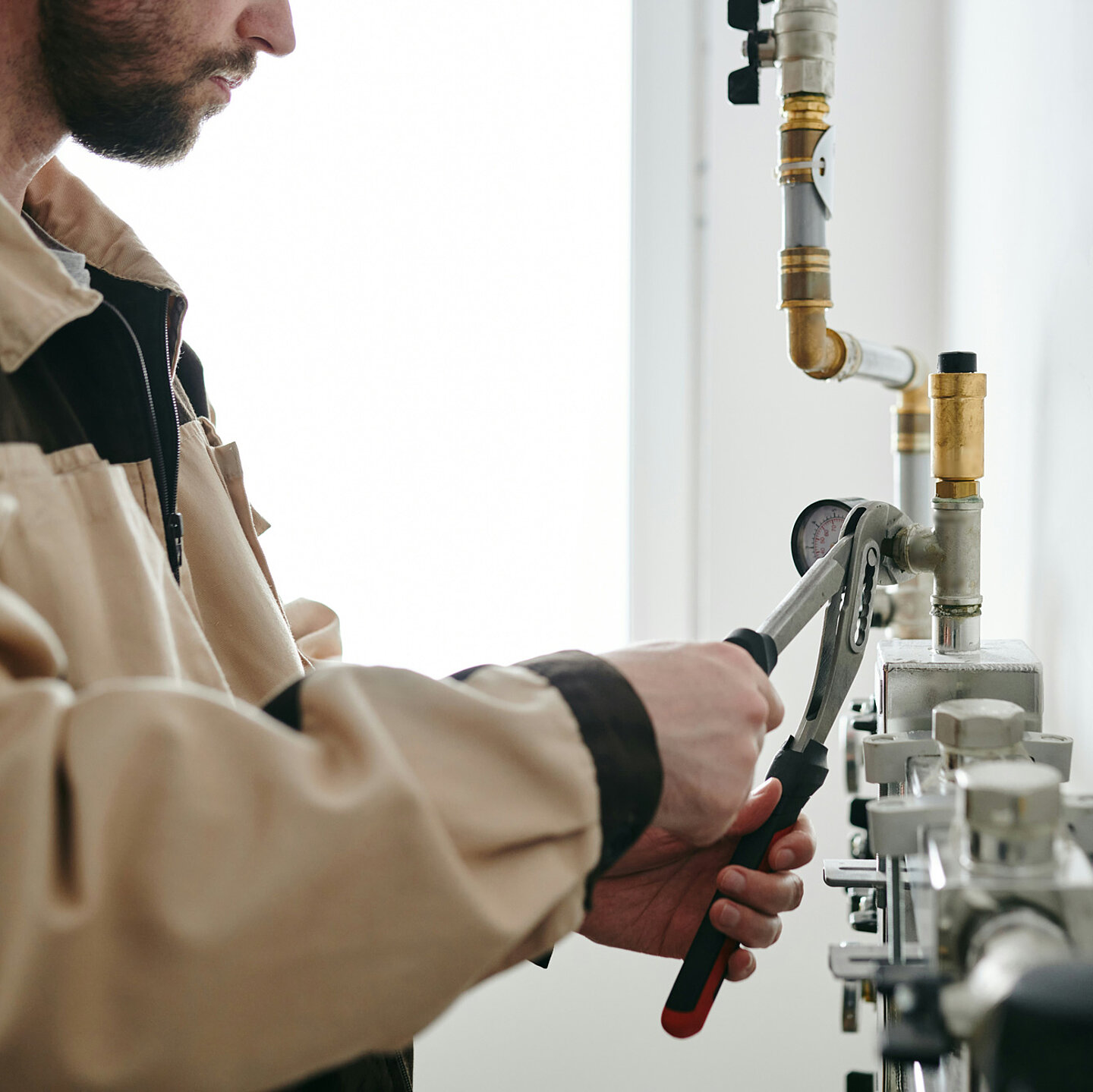
Functionality
The buffer tank as a central element
A fireplace or tiled stove with a water-heating function preheats the water at the beginning of the heating period. The water flowing around it heats up as it burns and the resulting heat is fed into a buffer tank via pump groups. This then distributes the heat throughout the house. As soon as less energy is fed through the chimney into the buffer tank and the temperature sensors detect a drop in temperature, the central heating kicks in again. The buffer cylinder is a central element in the overall energy supply of the house. If the fireplace system is used in continuous operation during the heating period, it is possible to heat not only the domestic hot water but also the service water.
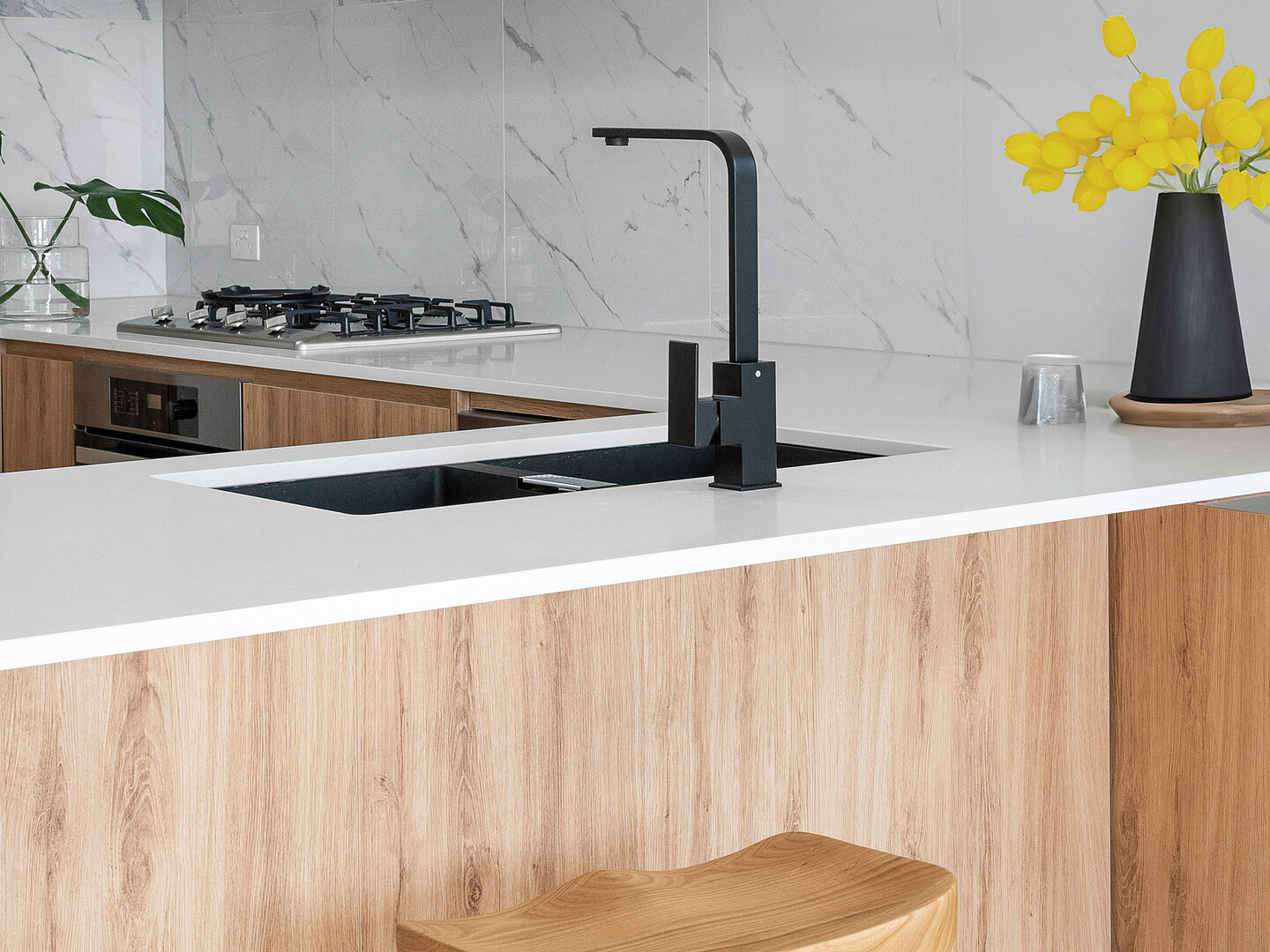
Energy requirement
Water-borne fireplaces are ideal for houses with low energy requirements. Excess energy is stored in the buffer tank and distributed throughout the building via the heating system. Water is one of the best natural heat accumulators.
Newly built houses are fully insulated so that they have an ever lower heat requirement. As a result, many people believe that a fireplace or tiled stove is superfluous, as the heat is not needed and the room would overheat. As a result, many not only miss out on a cozy ambience, but also on the potential to heat even more efficiently and in a more environmentally friendly way. This is not the case with a heat storage system or, as in our case, a fireplace or tiled stove with a water-heating function.
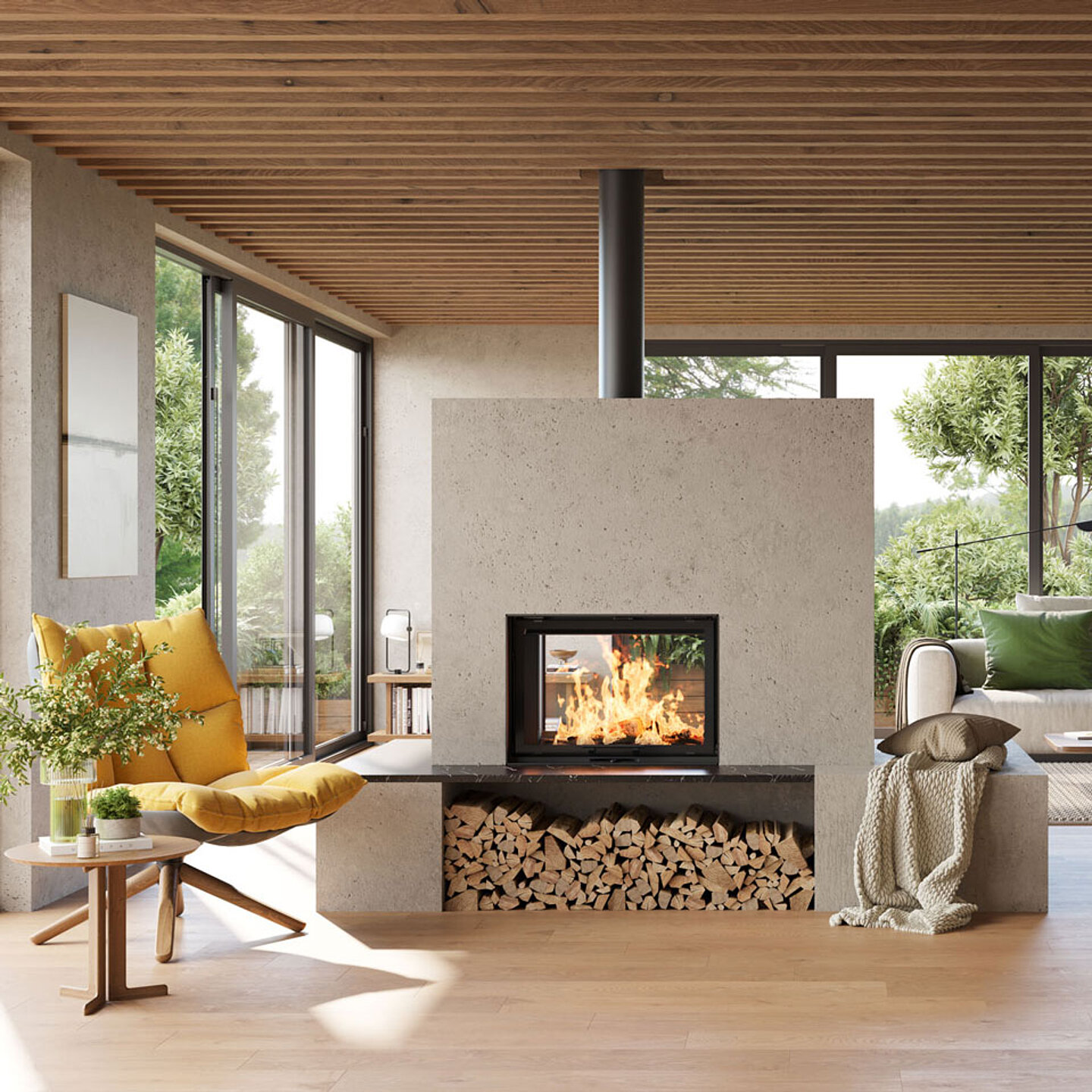
Fireplaces and tiled stoves as complete heating systems?
Due to the different heating phases and the fact that they are mainly used during the cold season, log fires do not provide a permanent output. For this reason, according to the law, fireplaces may not be regarded as the sole source of heating for the house, as the necessary freeze protection would not be guaranteed in an emergency.
The installation of heat storage systems or fireplace and heating inserts with a water-bearing function therefore primarily serves to make optimum use of the heat energy that is generated anyway and not just to create a cozy ambience.
Good to know
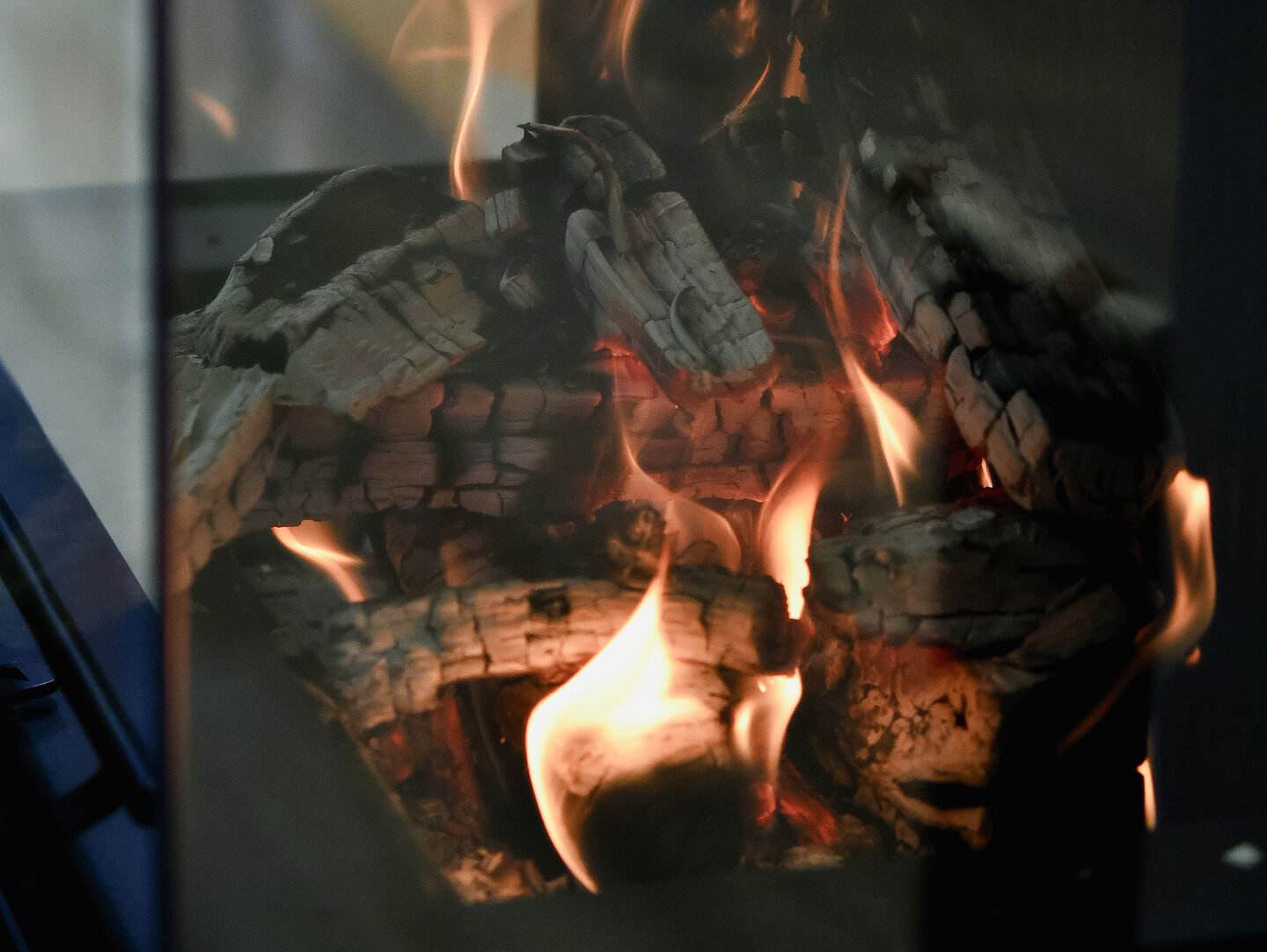
Wood as a renewable fuel
By using wood as a renewable fuel, fireplaces and tiled stoves are a good heating solution. Wood as a fuel is also cost-effective and a more sustainable option compared to fossil fuels. By using efficient combustion technology in fireplaces, the wood is burned in such a way that pollutant emissions are reduced to a minimum.
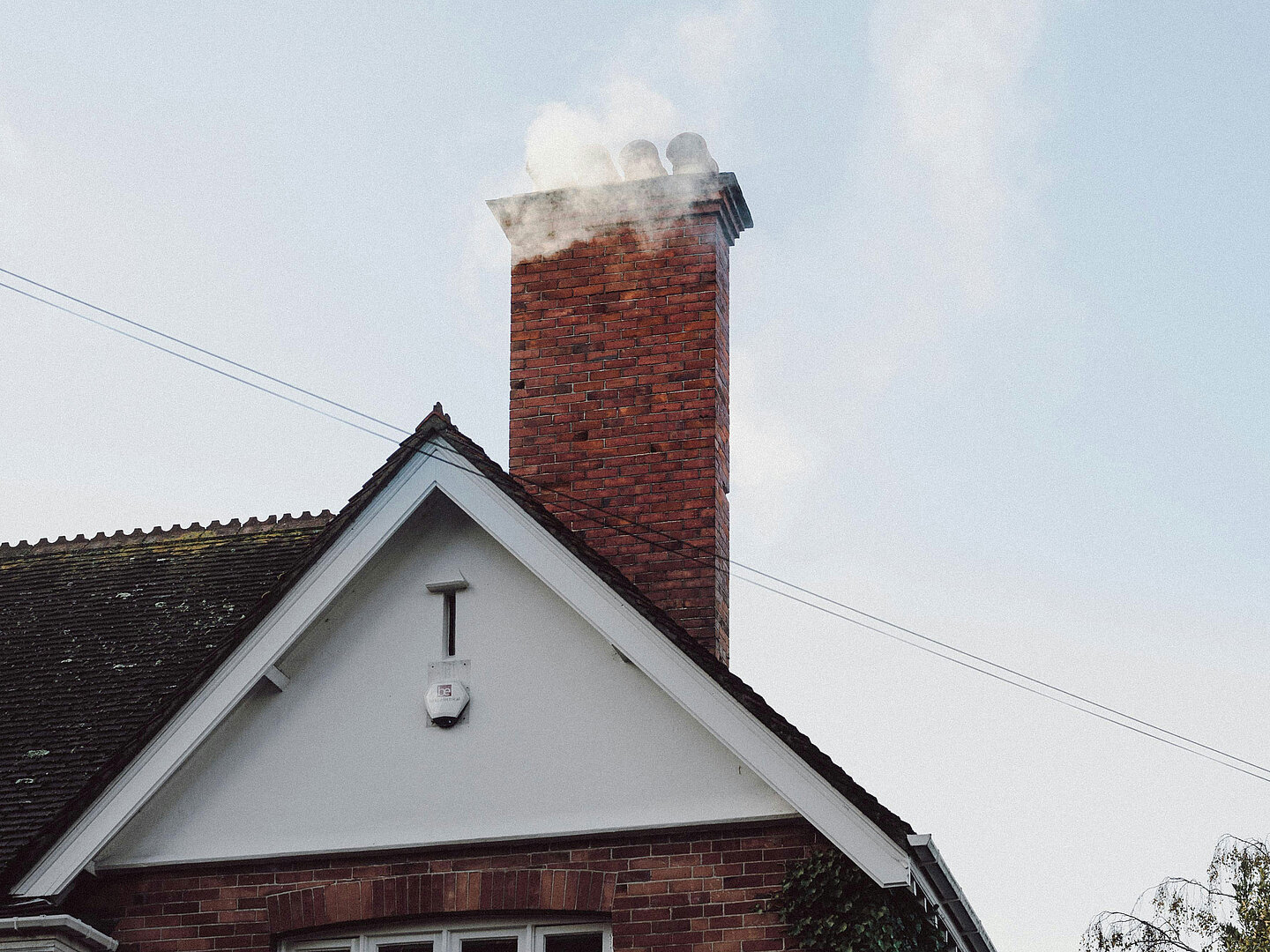
Federal Immission Control Ordinance
The ordinance makes a significant contribution to reducing emissions from combustion plants. Depending on the type of fireplace, limit values for dust, carbon monoxide (CO) and a minimum efficiency level are required in two stages. Stage 2 has been in force since January 1, 2015.
With a replacement appliance, you can keep the traditional casing of your tiled stove, but heat with lower emissions and more sustainably in accordance with the requirements of the 1st BlmSchV Stage 2.
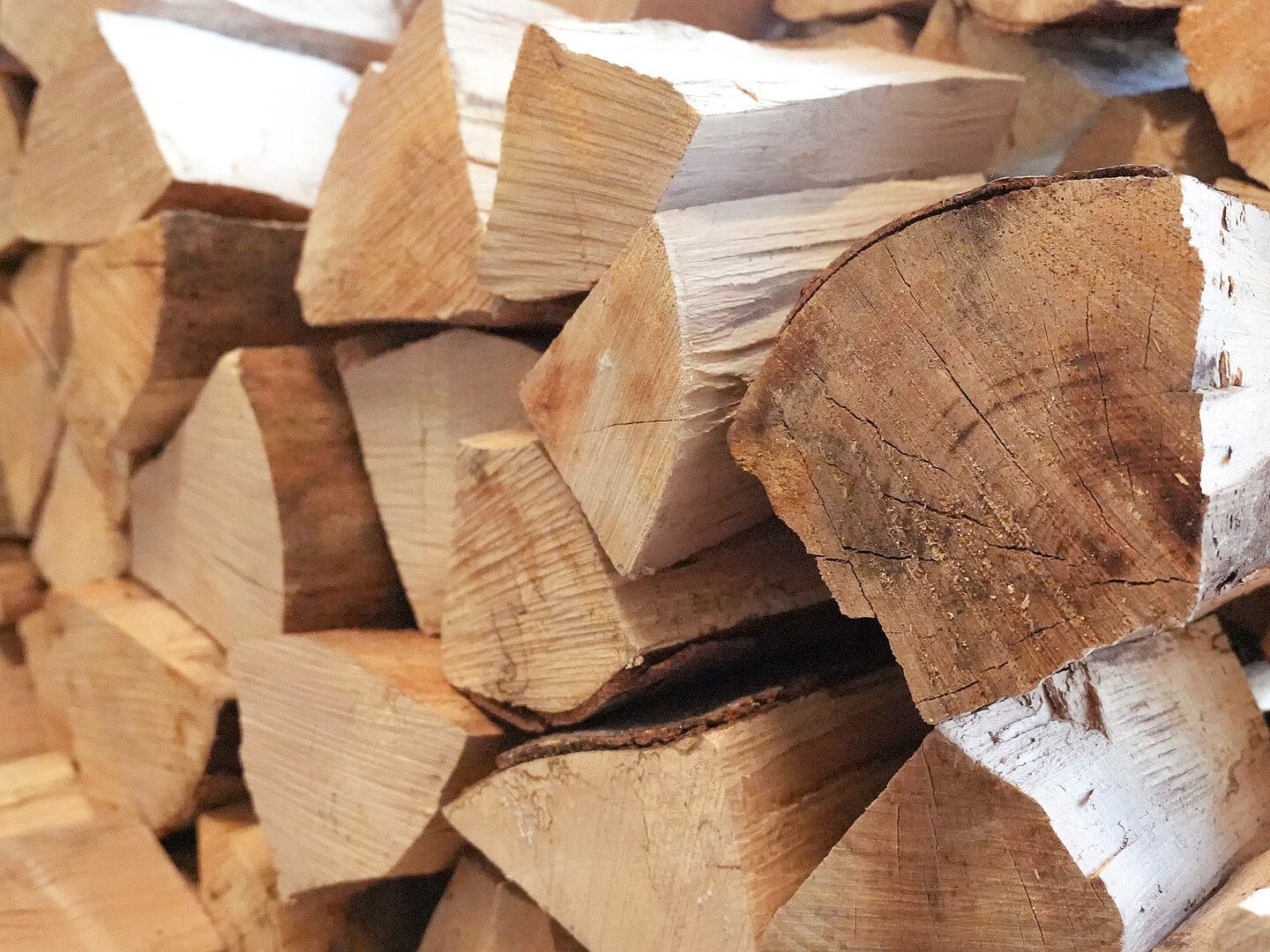
Optimal fuels
Use logs or pressed logs made from untreated wood. The maximum diameter of the logs should be large enough to be held with both hands. Store the firewood in a warm room for at least one day before use, as cold wood burns more poorly. If the logs are split into small pieces, they will burn more soot-free.
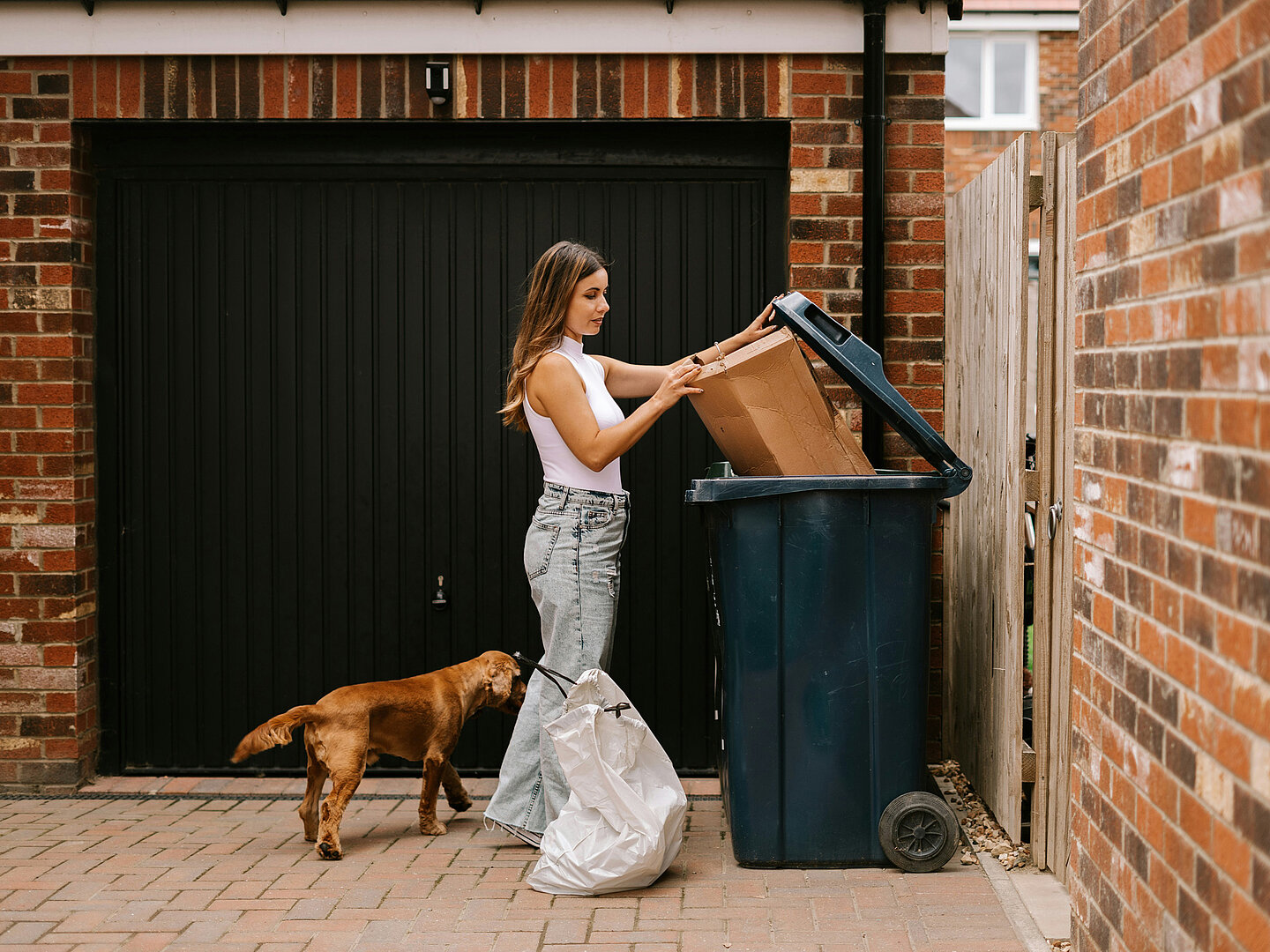
Hazardous fuels
wood chips, waste, waste paper and pallets. Magazines, cardboard, wood from treated disposable and reusable pallets, crates, wood from furniture, leftovers from renovations, demolitions and construction sites emit exhaust gases that attack the system components and harm our health and the environment.
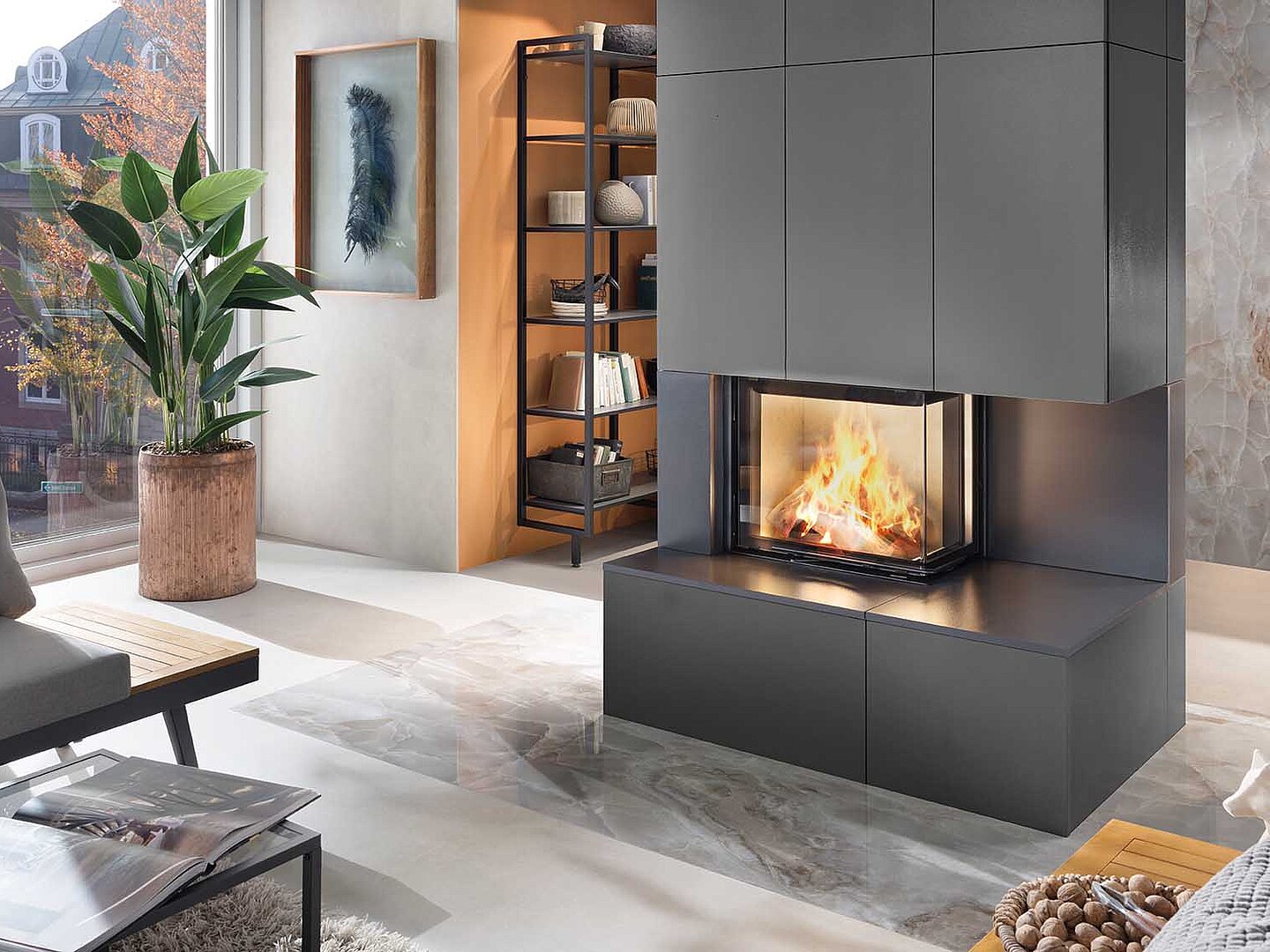
Enjoy numerous advantages
Positioned for the future
- Sustainable, renewable raw material
- Legally secured forestry in Germany
- Climate-friendly and CO₂-neutral
- Regionally available, short transportation routes
- Independent of international energy markets
- Cosy atmosphere thanks to real fire
- Efficient heat storage with modern technology
- Safeguarding jobs in trade and industry
Our models
Discover more
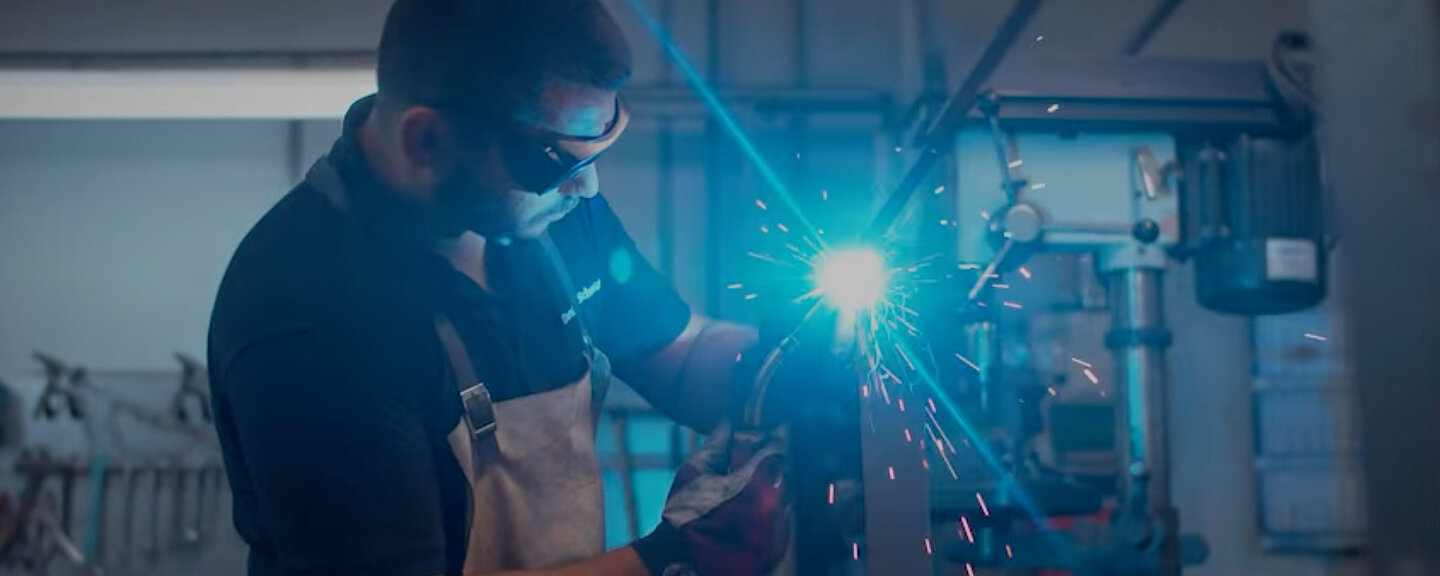
Camina & Schmid
We are on fire and on fire
With an inspiring vision and values that drive us
